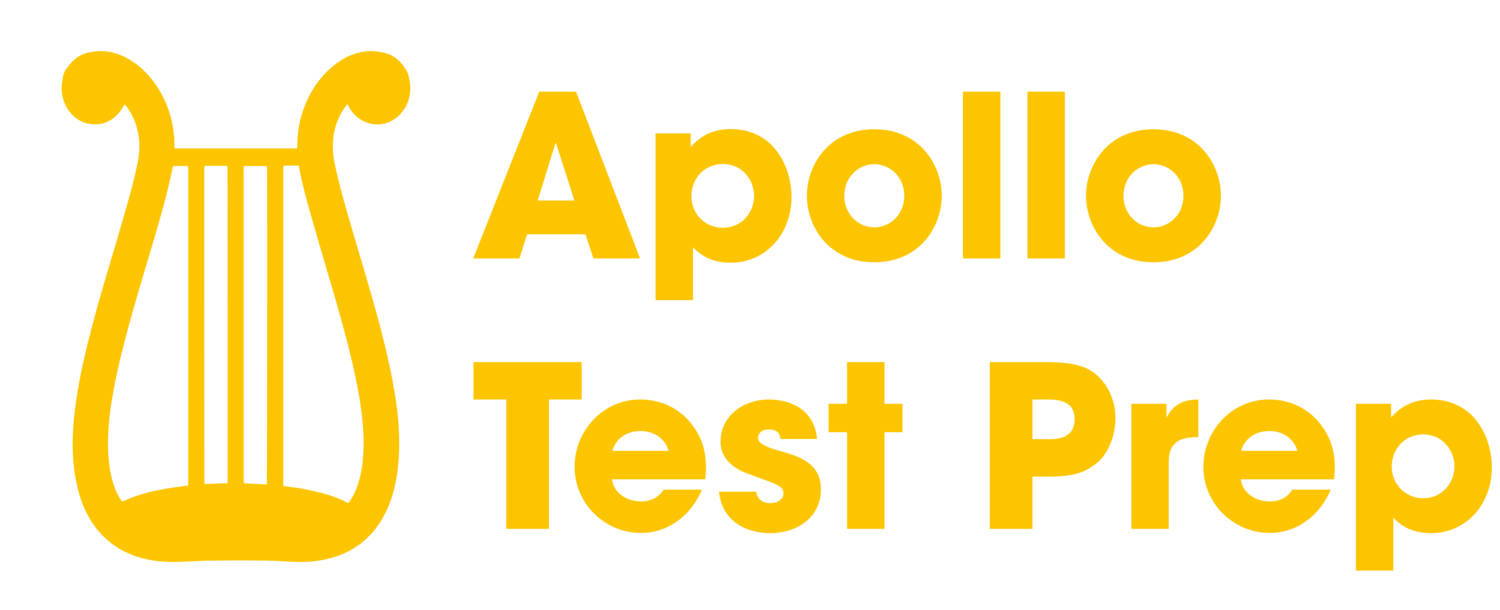LSAT Explanation PT 32, S1, Q21: A smoker trying to quit is
LSAT Question Stem
Which one of the following is an assumption on which the argument depends?
Logical Reasoning Question Type
This is a Necessary Assumption question.
Correct Answer
The correct answer to this question is D.
LSAT Question Complete Explanation
First, let's analyze the argument in the passage. The passage states that a smoker trying to quit is more likely to succeed if their doctor exaggerates the dangers of smoking, and similar strategies can be used for other habits. However, since these strategies involve deception, individuals cannot easily adopt them unless a doctor or another third party provides the warning. The structure of the argument is:
Premise: Exaggerating the dangers of smoking helps people quit.
Premise: Similar strategies can be used for other habits.
Premise: These strategies involve deception.
Conclusion: Individuals cannot easily adopt these strategies unless a doctor or another third party provides the warning.
Now, let's create an "Evaluate" question for this argument: "Can individuals easily deceive themselves?"
The question type of this problem is Necessary Assumption, which means we need to identify an unstated assumption on which the argument depends.
Let's discuss each answer choice:
a) People tend to believe whatever doctors tell them.
While this statement may be true to some extent, it doesn't address the core of the argument, which is about the difficulty of individuals adopting deceptive strategies on their own. This answer choice doesn't directly relate to the conclusion and can be eliminated.
b) Most of the techniques that help people quit smoking can also help people break other habits.
This statement is not a necessary assumption for the argument. The argument is about the difficulty of individuals adopting deceptive strategies, not the effectiveness of techniques for quitting smoking or breaking other habits. This answer choice can be eliminated.
c) The more the relevant danger is exaggerated, the more likely one is to break one's habit.
This statement may seem appealing, but it is not a necessary assumption for the argument. The argument already acknowledges that exaggerating the dangers of smoking helps people quit, and this answer choice only strengthens the premise without addressing the conclusion. This answer choice can be eliminated.
d) People generally do not find it easy to deceive themselves.
This is the correct answer. The argument depends on the assumption that individuals cannot easily deceive themselves, which is why they need a doctor or another third party to provide the warning. If individuals could easily deceive themselves, the conclusion would not hold, and the argument would be invalid.
e) A doctor is justified in deceiving a patient whenever doing so is likely to make the patient healthier.
This statement is not a necessary assumption for the argument. The argument doesn't discuss the ethical implications of a doctor deceiving a patient, only that individuals cannot easily adopt deceptive strategies without a third party. This answer choice can be eliminated.
In conclusion, the correct answer is D, as it is the necessary assumption on which the argument depends.
